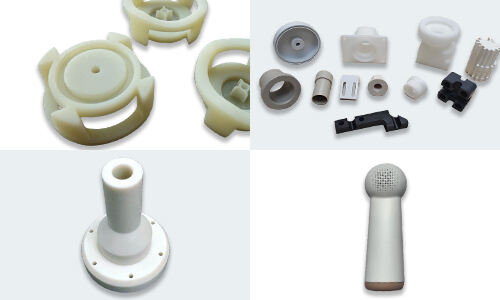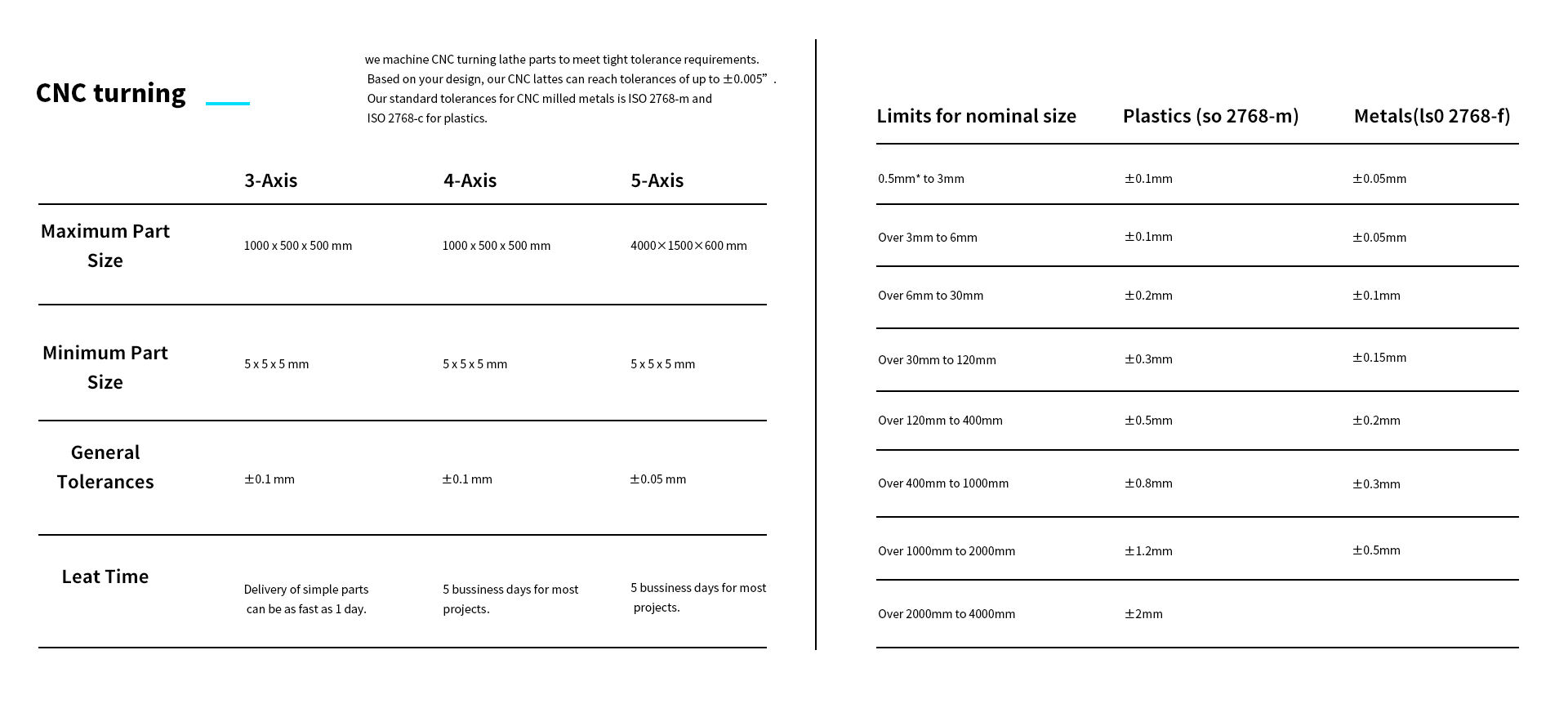Cos'è la fresatura CNC?
La tornitura CNC produce componenti montando un grezzo su un mandrino rotante e rimuovendo il materiale utilizzando utensili da taglio fissi. Questa tecnologia è ideale per la produzione di componenti con simmetria attorno al loro asse centrale. I componenti torniti vengono generalmente prodotti più velocemente (e a costi inferiori) rispetto a quelli fresati.












